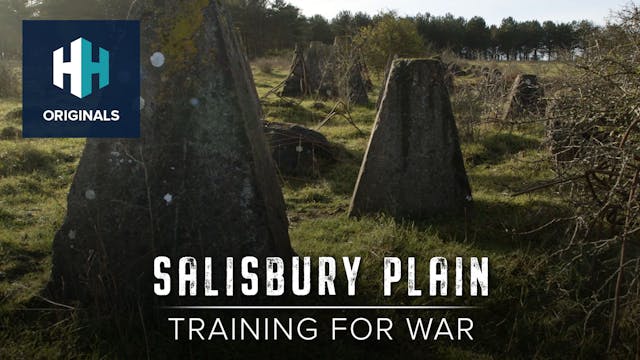In Spring of 1815 the exiled Napoleon Bonaparte, one of history's most accomplished generals, escaped his jailers and returned to Paris in what is known as the 'Hundred Days'. After receiving the news, the powers of Europe formed the Seventh Coalition to remove Napoleon from the French throne and raised a huge army. Napoleon responded by marching into Belgium with the objective of splitting Allied forces and capturing Brussels. He pushed a Prussian army back at the Battle of Ligny on 15 June 1815, and three days later attacked an Anglo-Allied force led by the Duke of Wellington near the village of Waterloo. The battle that followed would be a watershed moment in European history, finally ending Napoleon's military career and ushering in a new era of relative peace.
Up Next in Documentaries
-
The Channel Islands: Guernsey
Dan's on the road again. This time he's in Guernsey, an island rich in history and within sight of the French coast. From the house of the exiled, 19th century French writer Victor Hugo to the extensive, underground, concrete tunnels constructed by the Germans during World War Two, join Dan as he...
-
The Last Dambuster
Of all the air raids carried out during World War Two, none are as enduringly famous as the attack by Lancaster Bombers against the dams of Germany’s industrial heartland. Commemorated in literature and film throughout the decades, the mission – which was codenamed Operation ‘Chastise’ – has come...
-
Salisbury Plain: Training for War
Salisbury Plain is the Ministry of Defence's largest training ground, covering an area the size of the Isle of Wight. Dan Snow is shown around the Plain by MOD archaeologist Richard Osgood, to explore how British, Commonwealth and Allied troops prepared for the two great wars.



